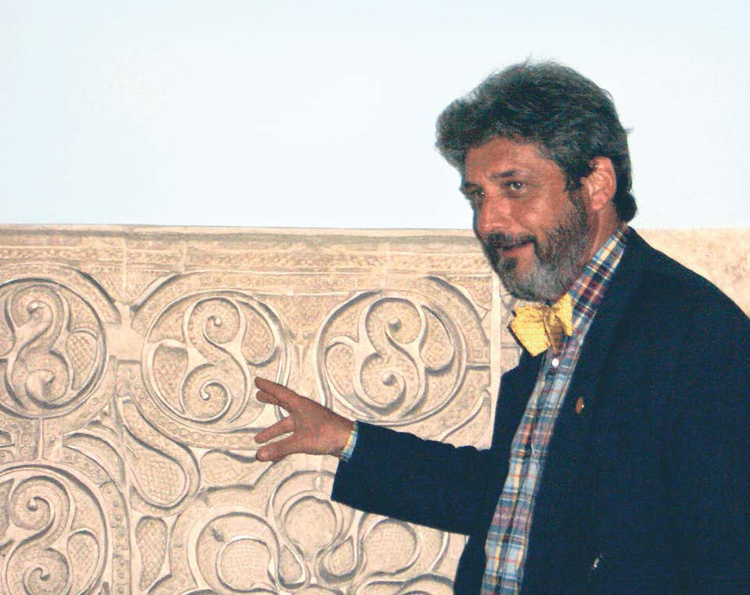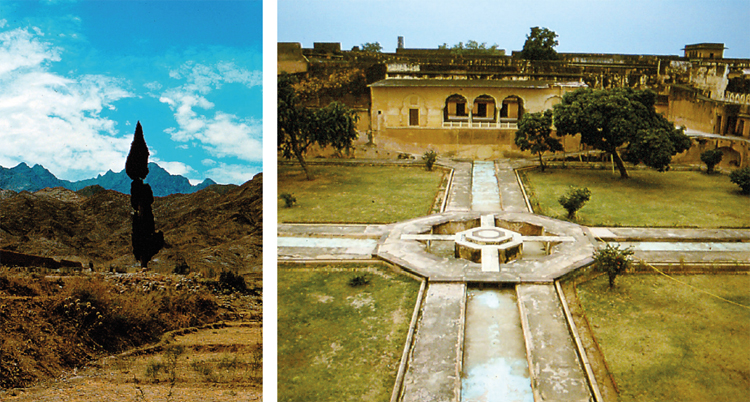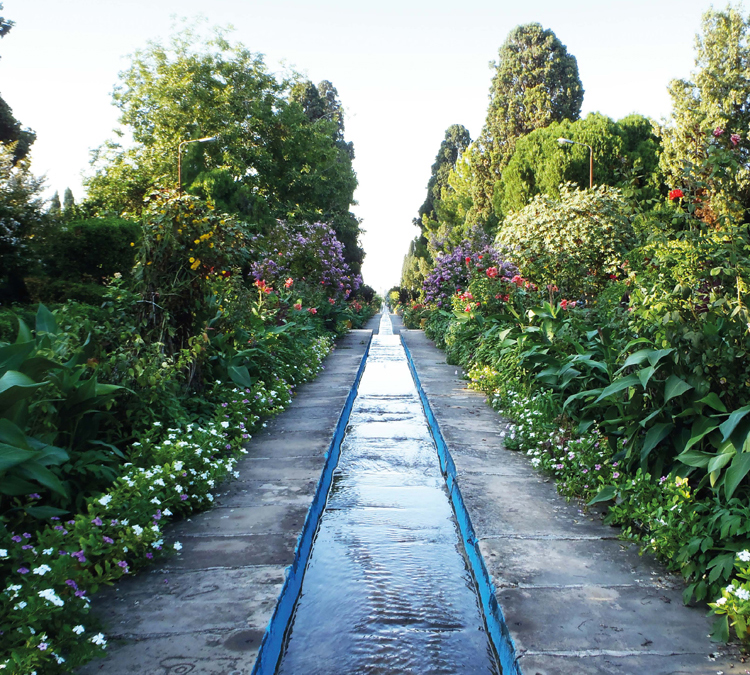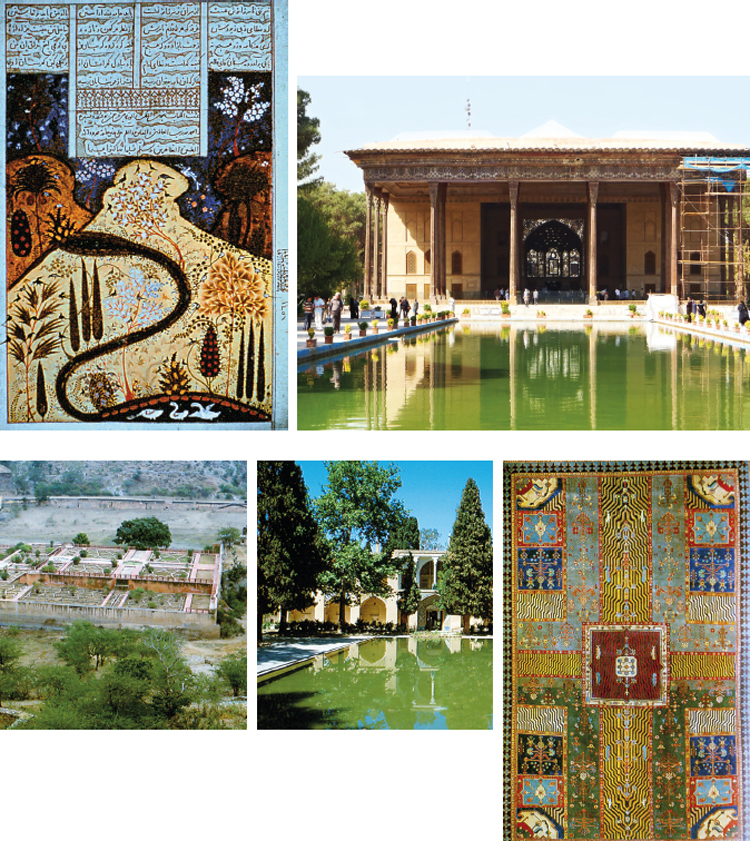
Is there a connection linking opposites? On the one hand, European aspiration to a government in flux, to a circular economy where matter and energy enter a virtuous circle through the creation of a technological paradise. On the other, the Islamic vision of a stable universe, as pronounced once and for all by Allah’s will, enshrined in the Koran, a world where the light of goodness comes from behind us. The “sun of the future” of workers’ fights and the unchanging word of the Prophet. Can they be in agreement?
“Firs of all we cannot talk about Islam as if it were one block. There are many kinds of Islam, one for every history, for every culture, for every tradition. In order to understand what has happened and what is occurring the Middle East, it is more appropriate to read adherence to this religion in identity terms,” replies Giovanni Curatola, a life devoted to the knowledge of the Islamic world. Curatola is Professor of Islamic Art History and Archaeology, a UNESCO consultant, curator of important exhibition on Islamic art and an essayist. He accepted to guide us through the research into a bridge between two apparently differing sensitivities.
“Of course today the topic of Islam is linked to the Daesh attack, but in order to try to understand if the environmental issue divides the two banks of the Mediterranean we need to look at the bigger picture,” continues Curatola. “In 2003-2004, when I was in Baghdad to work on the two damaged museums by the second Gulf war, the environmental disasters caused within the space of a little over a decade were one the the most recurrent themes. Saddam had used chemical weapons in Northern Iraq, in Kurdistan, while in the the South, to hit the not so aligned Shiites, he had devastated an extraordinarily important area from an ecological and historical viewpoint, the marshes where the Tigris and Euphrates meet. Having almost destroyed what some regard as the model inspiring the idea of paradise is one of the main accusations against the former Iraqi dictator.”
In the Middle East is there an environmental consciousness that goes beyond the controversies of a single act?
“If we want to talk about a spiritus loci, we have to say that the local spirit of this part of the Middle East goes beyond a single faith. This is the birthplace of the three monotheistic religions, offspring of the desert, of an infinite space that takes us back to communion: billions and billions of grains of sand form a unity.”

In the West, the theory of oneness, applied to ecosystem, produced the idea of a living planet, Gaia, but it did not prevent more and more invasive forms of pollution from occurring, up to the global threat of climate disruption. Now it is imperative that we curb the disaster occurred and the Laudato Si’ encyclical contains a powerful message going in that direction. Is there a similar push in that direction within Islamic communities?
“From a doctrine point of view, we need to bear in mind that the Koran has a greater impact than that of the Bible in the West: there is a direct reference to the word of God and there is less room for interpretation. From a current awareness perspective, the Middle East’s kinds of Islam are experiencing a huge contradiction. On the Northern bank of the Mediterranean, there is modernity as a possible help for redressing the balance in the process of industrialization. On the Southern and Eastern bank it is more difficult to cherish this hope because modernity, wherever it has arrived, often strengthened disparities, imposed a pace and a lifestyle perceived as unnatural, besides being harmful for the environment: now it is not easy to reassess the process by offering a more promising direction. Such difficulties are obvious in Iran too. This is a country with its peculiarities, with a great pre-Islamic culture. A hinge country, of the very few great civilizations that was born by a river and that later spread out over a vast territory because since its very beginning it was interested in exchanges and dialogue. When Iran converted to Islam it did so keeping its distinctive feature, namely the Sciite belief, as opposed to the Sunni majority: a split that still underpins most problems experienced in the area.”
The fact that Islam is still lagging behind in the separation between religious and temporal power: Christianity has put religious wars behind it for a few centuries now.
“Up to a point, if we thins that the war between catholic and protestant people in Ireland only ended a few years ago. But, going back to Iran, I wanted to point out that the Khomeini-led great revolution in 1979 was a reaction to fast and forced modernization that augmented social inequalities.”
What were the main characteristics of this forced modernization?
“One of the key elements was time alteration, that did not involve only Iran. When, at the beginning of the 20th century, Kemal Atatürk started Turkey’s secularization, one of the reforms he introduced was the positioning of a public clock in the squares. Before, the day was scanned by the five prayers. The time of prayers was that of nature, determined by sowing, harvesting and the big events of an eternal cycle. The natural dimension was part and parcel of a traditional world that could afford to observe: Islam was born in a nomadic culture where space and time are fundamental. Movements occurred with caravans, they were slow, people travelled in close contact with animals and the desert.”

So, by contrast, the idea of a paradise full of water was born.
“Not just water: the Persian word for paradise is firdaws, a garden defended by a wall keeping out the desert where a body of water runs through it. The image of a Koranic garden where four rivers flow, making up a cross, one of water, one of honey, one of milk and one of wine, found its application in the 16th and 17th centuries in the gardens built around the great mausoleums, the Indian ones in particular. Their composition is very interesting: every square, separate from the cross formed by the rivers, represents a season. But within every square there is a space dedicated to the other seasons: winters hosts summer, spring and autumn. And vice versa. Macrocosm and microcosm talk to each other. The result is very dynamic: it becomes a circular mechanism in eternal flux, where life emerges all the time.”
A powerful connection between force of nature and that of man’s administration.
“Absolutely, even from an emotional perspective. Such gardens are a triumph of the senses: colours, smells, birdsong, water flowing. Every sense is stimulated. It is a contest that helped promote a perception of closeness to nature that is still currently felt. In Iran, for instance, there is a book for historic trees. I remember that once I noticed a beautiful cypress, and being from Tuscany I am particularly sensitive to them; I got nearer and I noticed that it had a plate classifying and protecting it.”
Islamic tradition considers men as God’s vicars, custodians of the Earth, a very similar viewpoint to that of Christianity.
“Yes, man as the administrator of natural assets. This teaching is well established in traditions. In the 70s, walking around Iran, I visited villages in the middle of nowhere. When they offered me tea, they had to prepare cups, so they brought water to the boil and poured it from one glass to the next, without changing it. From an hygienic point of view it was not the best option, but nothing was wasted: full respect of natural resources.”

In what way Islamic art reflects tradition?
“If we consider the most commonly genre identified with Islamic art, miniatures, we realize that by the time in Italy the Renaissance flourished, in Islam perspective was not in use. They knew about it, but it was not applied since making representations too realistic, confusing art with reality, was regarded as disrespectful towards God, as if men were vying with the author of creation. Instead of using perspective, the object was broken down and seen from different viewpoints: for example, bird’s-eye view and then from the side. Unity through a variety of images.”
Almost cubist painting
“Very early on, though and with a different purpose. It is a vision that distances itself from the object: the world is left in the hands of God, showing through the visual medium the path to follow. God is represented by the universe, by nature, that gives aplenty to those able to interpret it and punishes those abusing its resources. In parables, this link with nature emerges in extremely topical ways. For instance, when in the Koran we read ‘or his parable is that of a smooth rock with [a little] earth upon it – and then a rainstorm smites it and leaves it hard and bare. Such as these shall have no gain whatever from all their [good] works: for God does not guide people who refuse to acknowledge the truth. Instead of those donating their goods, only eager to satisfy God and confirm themselves, it will be a garden on high ground, hit by a downpour and producing twice as many fruits. And if a downpour will not hit it, dew will lightly cover the surface.’”
Photos ©Giovanni Curatola


